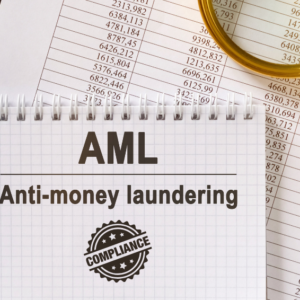Protecting soil health through sustainable fertilization practices sets farmers up for success. Healthy soil retains water and staves off pollution, creating a vibrant and habitable medium for your crops.
Not factoring sustainable practices into agricultural operations can be a costly mistake. By taking care to protect the soil, farmers can maintain, promote, and foster fertile and healthy land, which in turn encourages the growth of healthy crops. Further, in a world of savvy consumers eager to lighten their carbon footprint, noting that your crops are grown with sustainability in mind is a surefire way to entice new business.
Here are just a few ways for farmers in Manitoba to implement sustainable fertilizer practices that successfully balance both yield and environmental impact.
Opt for Low-Salt Fertilizers
For those seeking the best farm fertilizer in Manitoba, look for one that contains a low salt level and doesn’t require tillage. Tillage is, after all, a direct contributor to soil erosion. For some landowners, multiple years of using high-salt commercial fertilizers are beginning to compound. How? Each year, soluble salt levels increase; meanwhile, the number of beneficial bacteria and fungi plummets in response to residue left behind from using high-salt fertilizers during previous years.
To mitigate the potential for future soil imbalances and protect the beneficial micro-organisms in the soil, switch to low salt liquid starter fertilizer and dry starter fertilizers as soon as possible. Starter fertilizers like these support seedlings as they emerge and find their feet, offering the necessary nutrients for successful growth — heightening yield output without damaging the soil.
Encourage Bacteria and Fungi with Foliar Biologicals
Beneficial bacteria and fungi play a vital role in supporting soil health — these tiny organisms increase the amount of nutrients available to the crop. Further, these micro-organisms help to better the soil structure by improving compaction and supporting stability.
A foliar bio-stimulant that contains photosynthetic bacteria, vegetative strains, and bacillus spores will elevate the level of these beneficial cultures in your soil.
Not only are foliar biologicals beneficial to soil health, but they’re also set to become a key player in carbon capture — putting this fertilizer safely on the right side of environmental impact. Like other much-discussed mycelia, foliar bio-stimulants increase a plant’s ability to capture carbon. Not only does this buoy individual plant growth, but it’s set to become an essential tool in carbon credit regulations.
Soil-Safe Fertilizers Require Sustainable Application
For a soil-safe fertilizer to work effectively, and for the efforts of sourcing low-salt and foliar applications to reach their full potential — offering you a higher yield and greater profit — it’s important to understand the application process, which will vary based on geographic location.
- Know the right time of year to apply them.
- Know where you should apply the fertilizer — as mentioned above, above-ground fertilizers are less detrimental to the land than those that require tillage.
- Know how much to apply, and at what rate.
By implementing sustainable fertilizer practices, you’re not only protecting the soil health, but you’re also protecting neighboring land and groundwater resources.
The Bottom Line on Sustainable Fertilizer
Fortunately, it’s possible to treat crops with sustainable fertilizer that can improve soil health and support crops without compromising on environmental efforts. To learn more, talk with a local-to-you farm supply store — they’ll understand the intricacies of your local soil, and will be able to guide you toward the best low-salt fertilizers that are right for you.






